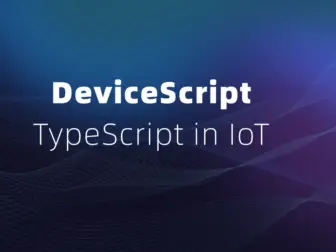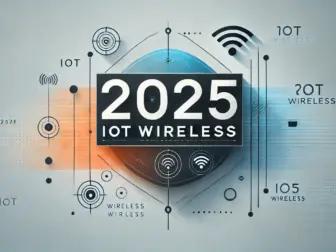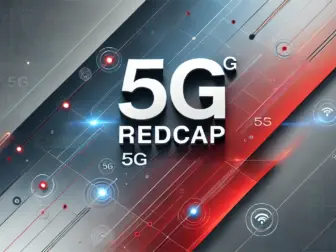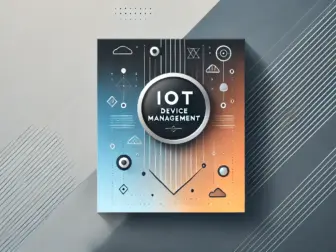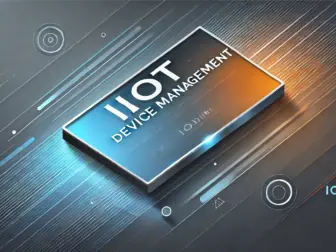Tag - iot
Blog, IoT Tools and Platforms , January 26, 2025 , DeviceScript, embedded development, ESP32, Hardware Abstraction, iot, Microcontroller, Modular Design, RP2040, TypeScript
Blog, IoT Tools and Platforms , January 14, 2025 , data visualization, Debug Tool, embedded systems, iot, Open Source, Real-time Monitoring, Serial Studio
Blog, IoT Protocols and Interoperability , December 27, 2024 , connectivity trends, iot, IoT modules, LoRa, LTE Cat 1, LTE-M, NB-IoT, Sigfox, UWB, wireless technologies
Blog, IoT Protocols and Interoperability , December 27, 2024 , 5G RedCap, cellular modules, connectivity technology, Industrial IoT, iot, IoT Trends, smart wearables, video surveillance
AI and Machine Learning, Blog , December 23, 2024 , AI, automation management, Edge Computing, iot, Machine Learning, Predictive Maintenance, smart maintenance
Blog , December 23, 2024 , device deployment, device lifecycle, device retirement, iot, IoT lifecycle management, OTA upgrade
Blog, Edge Computing and Data Analytics , December 23, 2024 , Cloud Computing, distributed systems, Edge Computing, high-performance management, iot
Blog, IoT Protocols and Interoperability , December 19, 2024 , chip selection, domestic chips, embedded development, Industrial IoT, iot, MCU, MPU, smart Home, SoC
The Impact of IoT on Businesses: Revolutionizing Industry with Smart Technology
The Internet of Things (IoT) is changing the way businesses operate by connecting everyday devices to the internet and allowing them to communicate with each other. This technology has the potential to revolutionize industries across the board, from manufacturing to healthcare to retail. Companies are leveraging IoT to improve efficiency, increase productivity, and enhance customer experiences.
One of the key benefits of IoT for businesses is the ability to collect and analyze data in real-time. By connecting devices to the internet, companies can gather valuable insights about their operations, customers, and products. For example, manufacturers can use IoT sensors to monitor equipment performance and predict maintenance needs, reducing downtime and saving costs. Retailers can track customer behavior in stores to optimize layouts and promotions, leading to increased sales.
IoT is also enabling businesses to automate processes and streamline operations. By connecting devices and systems, companies can create smart workflows that eliminate manual tasks and improve accuracy. For instance, logistics companies are using IoT to track shipments in real-time, optimize routes, and reduce delivery times. Healthcare providers are using IoT devices to monitor patients remotely, improving care and reducing hospital readmissions.
Furthermore, IoT is transforming customer experiences by enabling personalized and efficient services. Companies can use IoT data to tailor products and services to individual preferences, creating a more engaging and satisfying experience for customers. For example, smart home devices can learn users’ habits and adjust settings automatically, enhancing comfort and convenience. IoT-enabled wearables can track users’ health metrics and provide personalized recommendations for fitness and wellness.
Despite the many benefits of IoT, businesses must also address challenges such as data security and privacy concerns. As more devices are connected to the internet, the risk of cyber attacks and data breaches increases. Companies need to implement robust security measures to protect sensitive information and ensure compliance with regulations.
In conclusion, IoT is revolutionizing industries by enabling businesses to collect data, automate processes, and enhance customer experiences. Companies that embrace this technology stand to gain a competitive advantage in the rapidly evolving digital landscape. By leveraging IoT to drive innovation and efficiency, businesses can unlock new opportunities for growth and success in the future.
